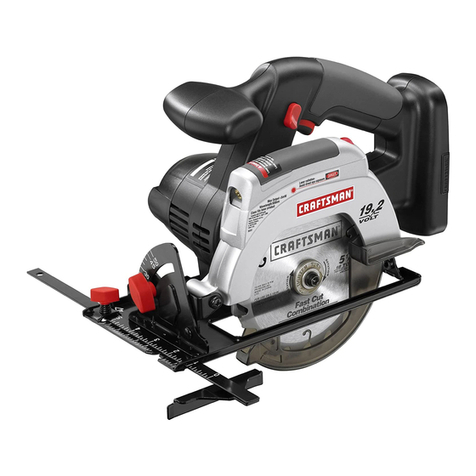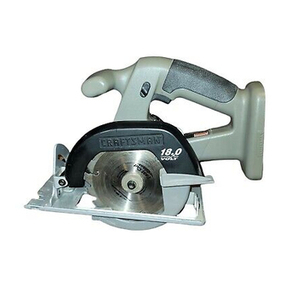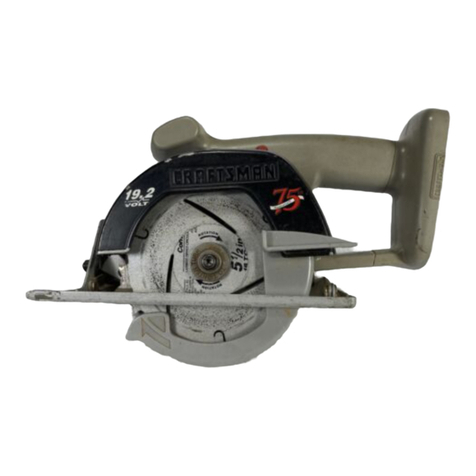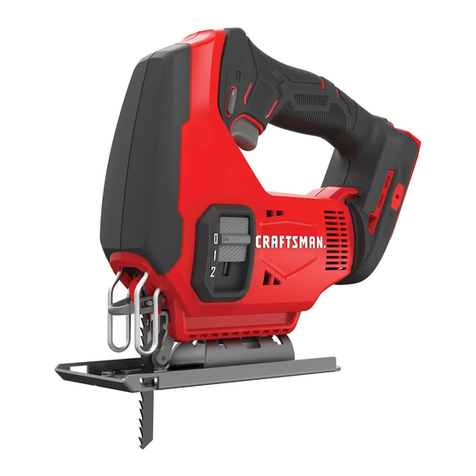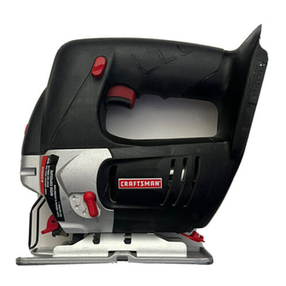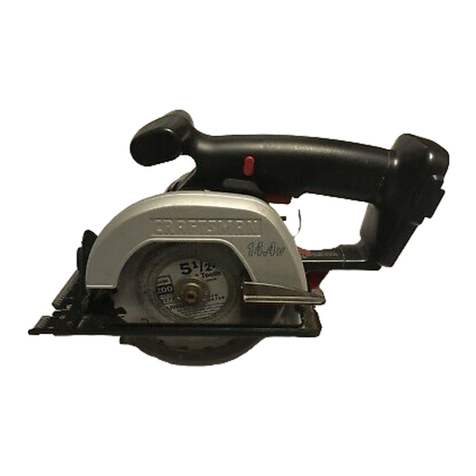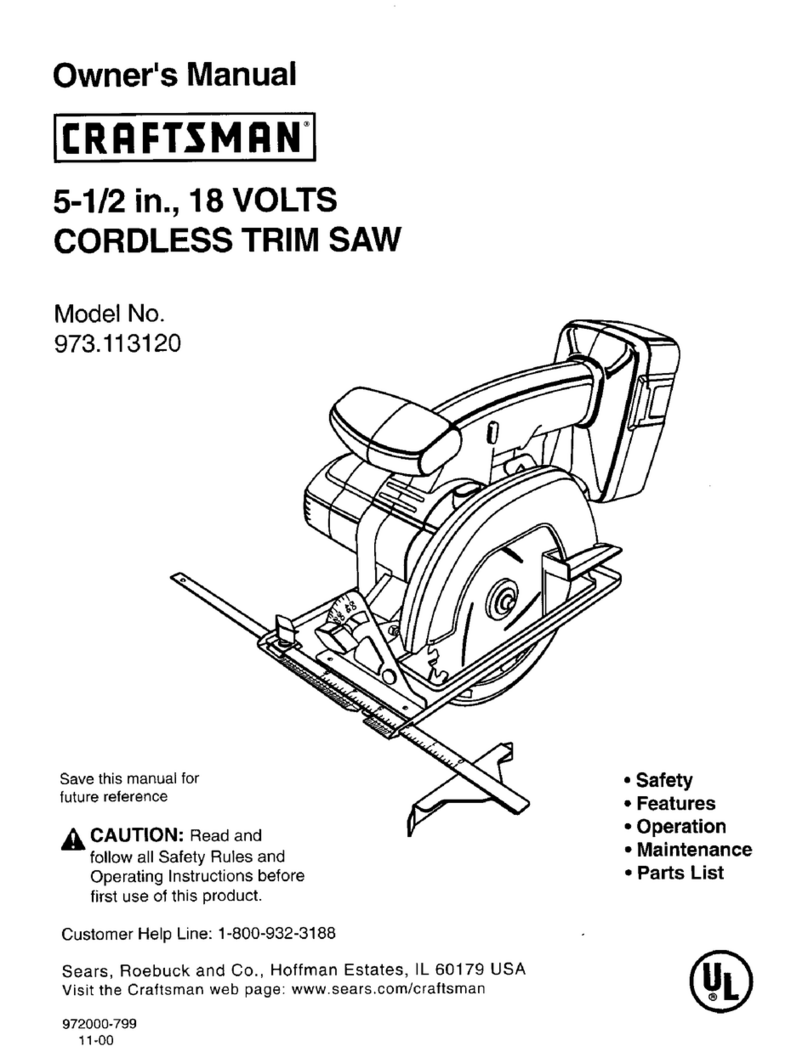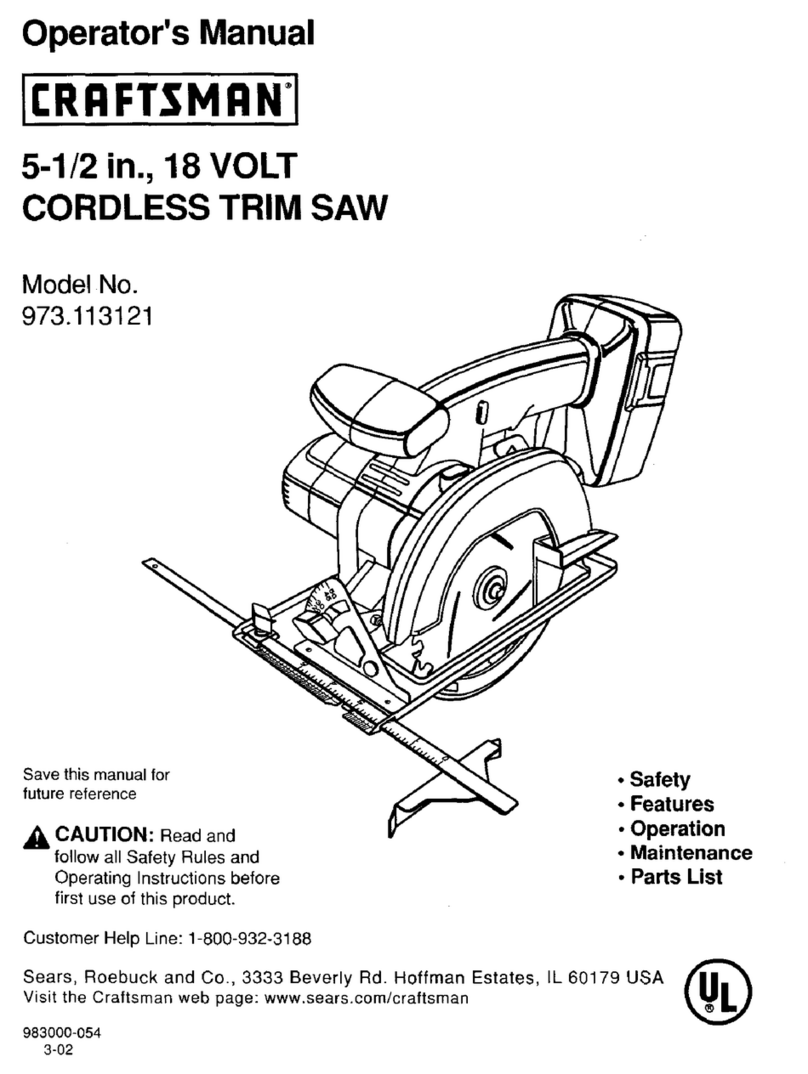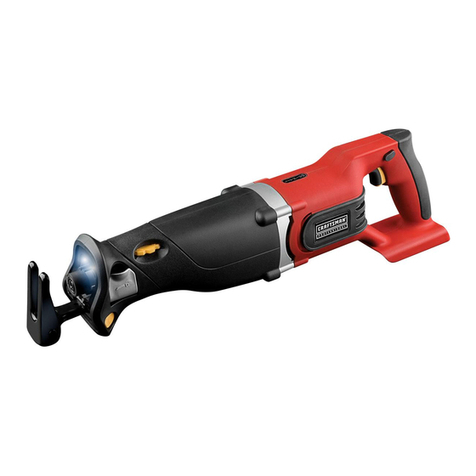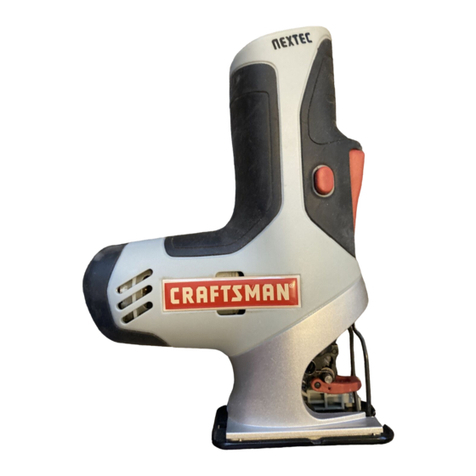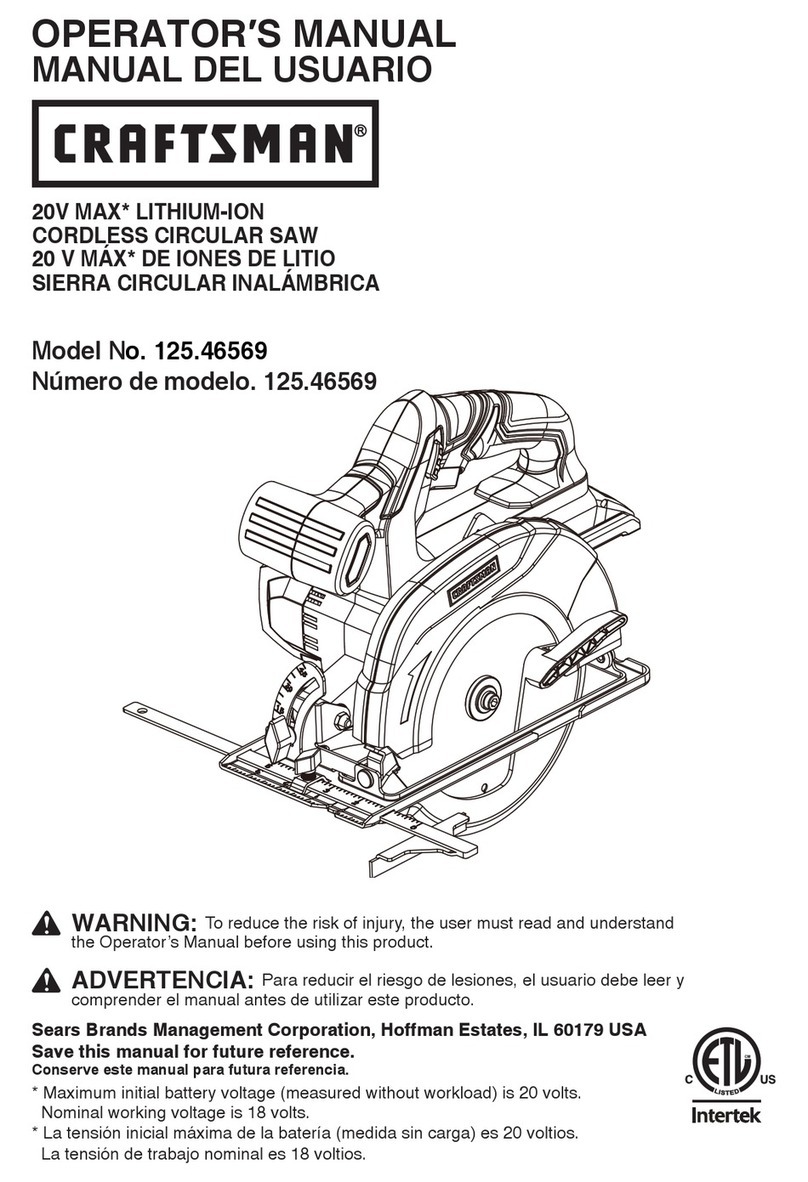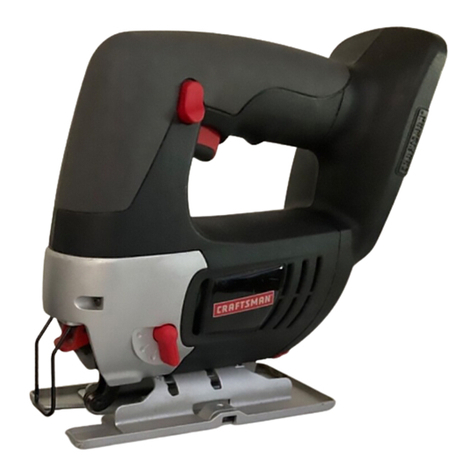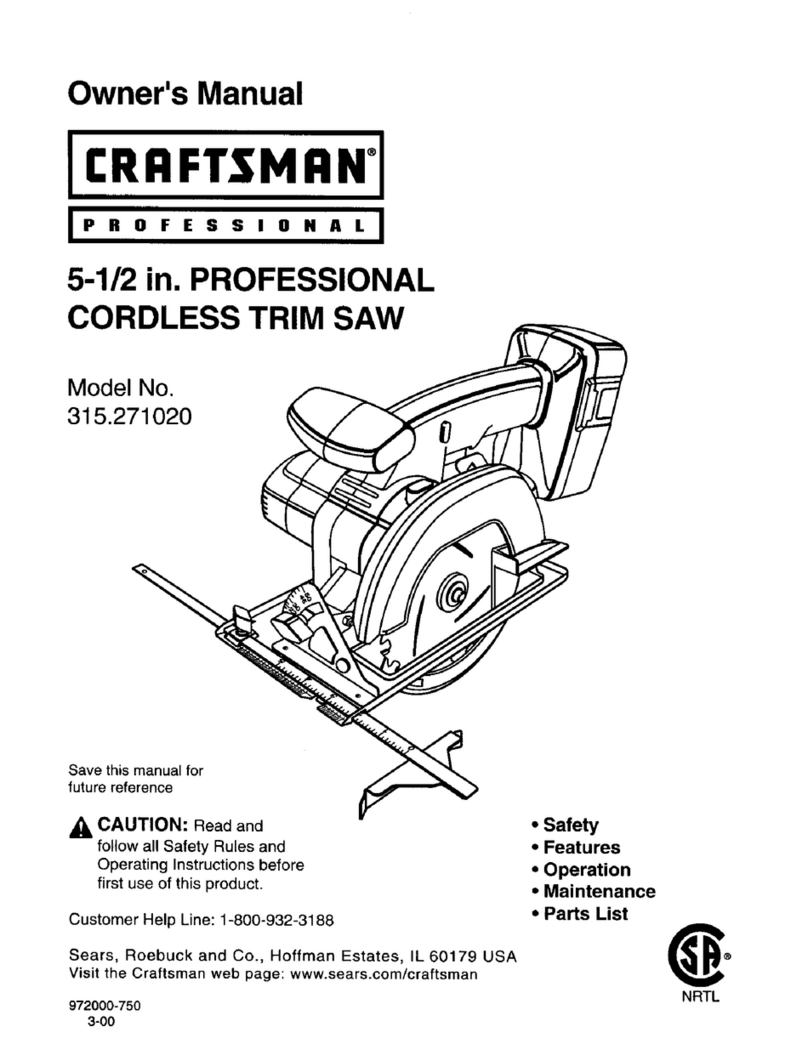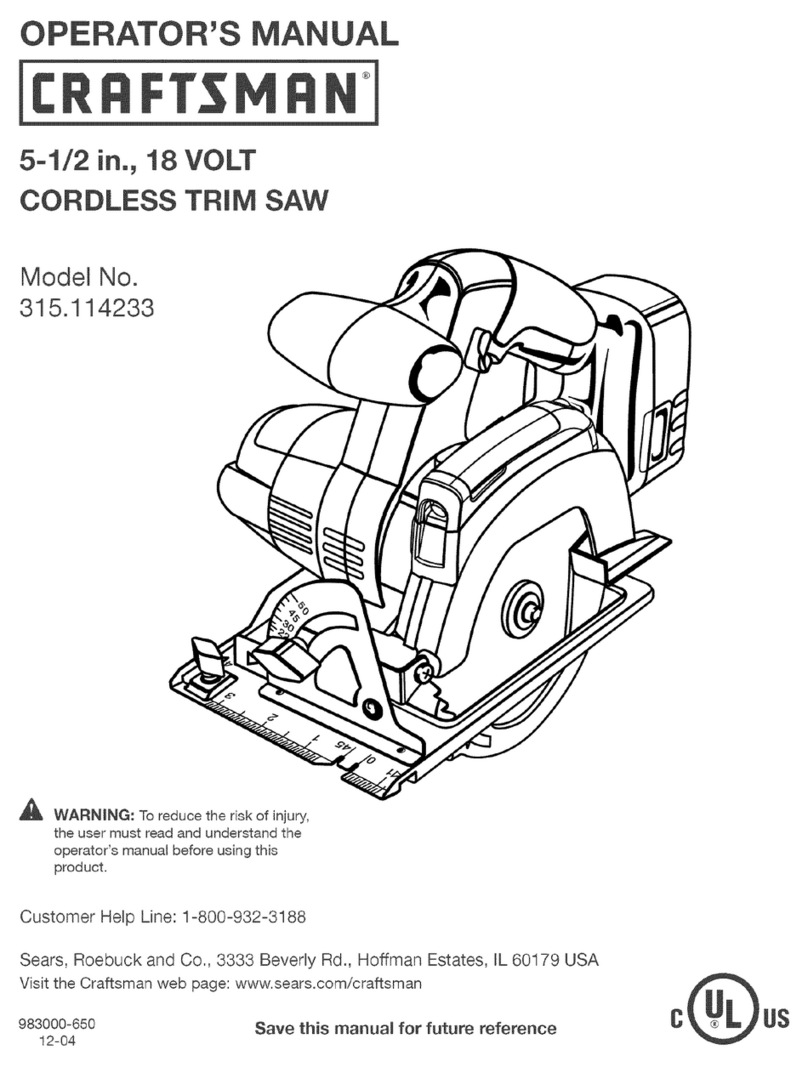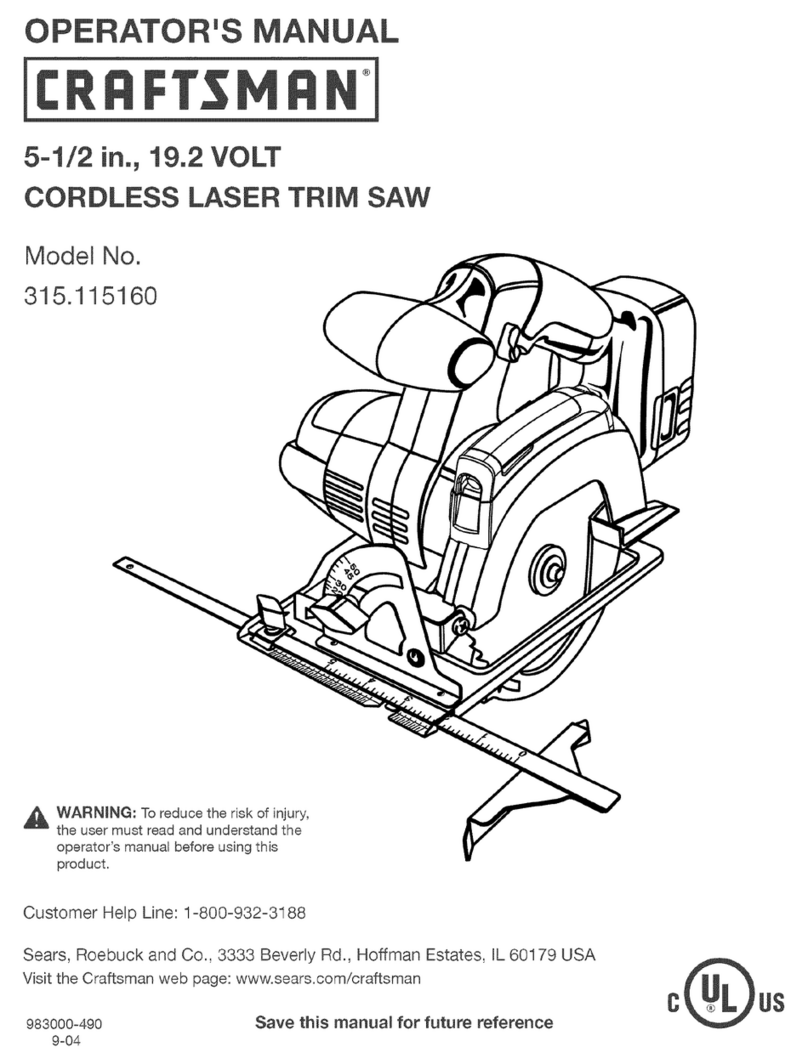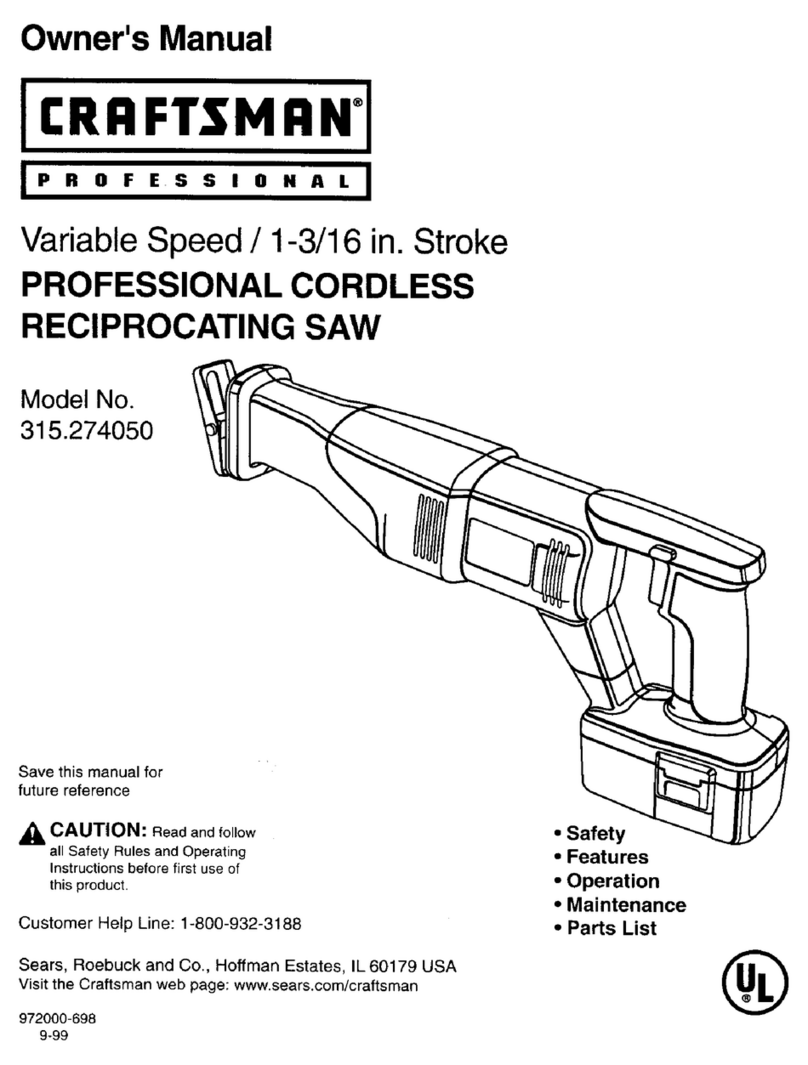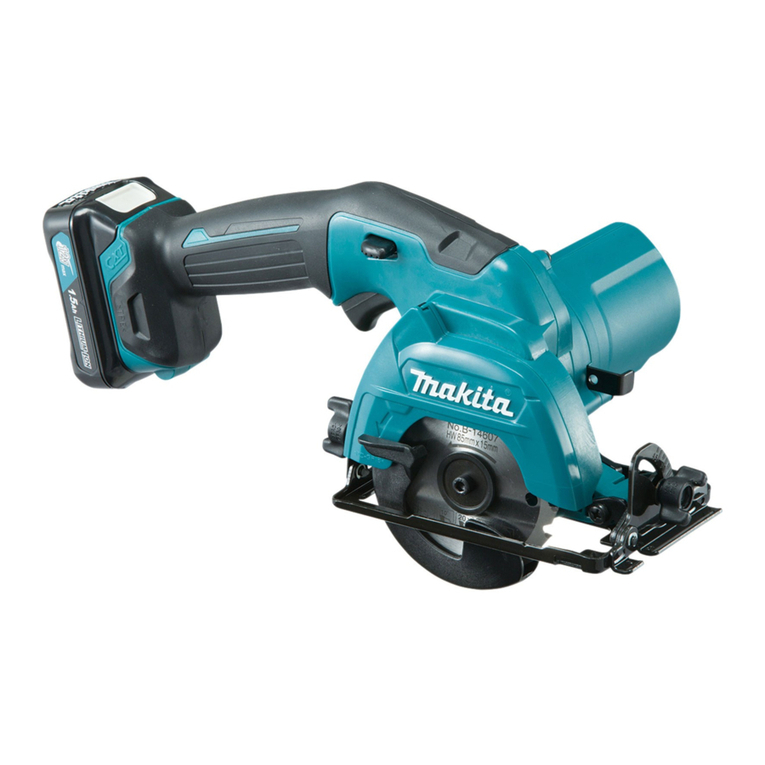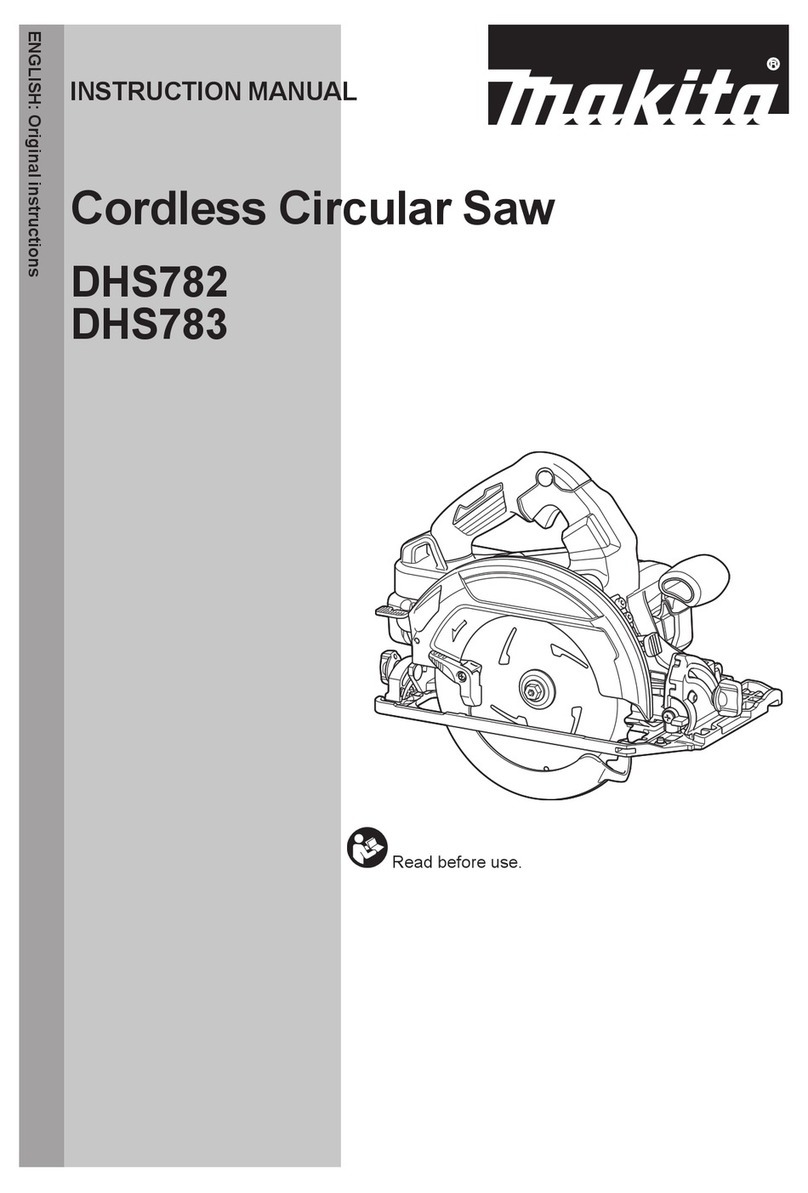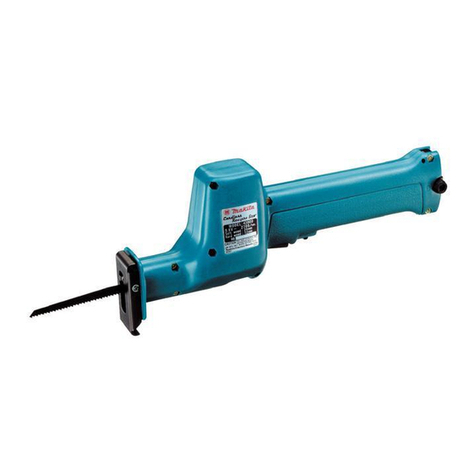• Neverusea battery that has been dropped or received
a sharp blow. A damaged battery is subject to explo-
sion, Properly dispose of adropped battery immedi-
ately. Failure to heed this warning can result in sendus
personal injury.
•Before using battery charger, read all Instructions
and cautionary markings In this manual, on battery
charger, and product using battery charger. Follow-
ing this rulewJJlreduce the risk ofelectric shock,fire, or
serious personal injury.
•To reduce risk of Injury, charge only nickal-ced-
mlum and nickel metal hydride type rechargeable
batteries. Other types of batteries may burst
causing personal Injury and damage. Following this
rule will reduce the riskof alectdc shock, fire, or
sehouspersonal injury.
• Do not e0(posocharger to rain or snow. Following
this rule will reduce the risk of electric shock, fire, or
seriouspersonal injury.
•Use of an attachment not recommended or sold by
the baltery charger manufacturer may result In a
risk of fire, electric shock, or Injury to persons.
Followingthis rule wilt reducethe riskof electdc shock,
fire, or seriouspersonalinjury,
•To reduce the risk of damage to charger body and
cord, pull by charger plug rsther than cord when
disconnecting charger. Followingthis rule willreduce
the riskof seriouspersonalinjury.
•Make sure cord is located to that Itwill not be
stepped on, tripped over, or otherwise subjected to
damage or stress. Followingthis rulewillreduce the
riskof seriouspersonalinjury.
•An e0(tensloncord should not be used unless
absolutely necessary. Use of improperextensioncard
couldresultinariskof fire and electdcshock.If exten-
sioncordmustbe used, make sure:
a. That pinson plug ofextensioncordare the same
number,size and shape as those ofplugon
charger.
b. Thatextensioncord is propedywiredand in good
electricalcondition;and
c. That wire size is largeenoughforAC ampere rating
ofcharger as specifiedbelow:
Cord Length (Feet) 25" 50" 100"
Cord Size (AWG) 16 16 16
Note: AWG =American Wire Gage
•Do not operate charger with a damaged cord or ping.
Ifdamaged, have replaced Immediately by a qualified
serviceman. Followingthis rule willreducetheriskof
electricshock, firs,orseriouspersonal injury
•Do not operate cherger If it has received a sharp
blow, been dropped, or othel_ise damaged in any
way; take Itto a qualified serviceman. Followingthis
rulewillreducethe riskof electric shock,fire, or serious
personalinjury.
•Do not dlsussemblo oharger; take It to a qualified
servlseman when service or repair is requiL_l.
Incorrect reessembly may result In a risk of electric
shock or firs. Followingthis rulewillreducethe riskof
electricshock,fire,or seriouspersonal injury.
•To reduce the diskof electric shock, unplug charger
from outlet before attempting any maintenance or
cleaning. Tumlng off controls will not reduce this
dsk. Followingthisrulewillreducethe riskofelectric
shock,fire,or serious personalinjury.
•Do not use charger outdoors. Followingthis rule will
reducethe riskofelectricshock,fire, or seriousper-
sonalinjury.
•Disconnect charger from power supply when not in
use. Followingthis rulewillreducethe riskof electric
shock,fire,or seriouspersonalinjury.
•RISK OF ELECTRIC SHOCK. DO NOT TOUCH
UNINSULATED PORTION OF OUTPUT CONNECTOR
OR UNINSULATED BA'n'ERY TERMINAL.
•Save these Instructions. Refer to them frequently
and use them to Instruct others who may use this
tool. If you loan someone this tool, loan them these
instructions also. Following this rule will reduce the
risk of electdc shock, fire, or serious personal injury
WARNING: some dust created by power
sanding, sawing, grinding, ddlling, and other
construction activities contains chemicals known
to cause cancer,birth defects or other reproduc-
tive harm. Some examples of these chemicals are:
• lead from lead-based paints,
•crystallinesilica from bricksand cement
and other masonry products, and
• arsenic and chromium from chemically-
treated lumber.
Your riskfrom these exposures varies, depending
on how often you do this type ofwork. To reduce
your exposure to these chemicals:work ina well
ventilated area, and work with approved safety
equipment, such as those dust masks that are
specially designed to filter out microscopic
particles.

